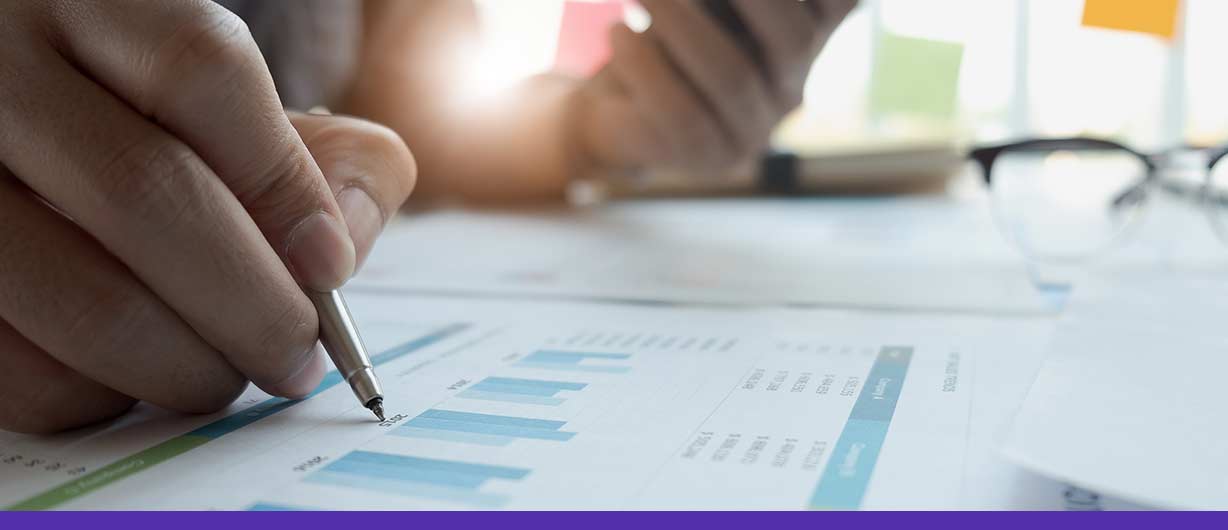August 12 2023 | By Farwah Jafri | 5 minutes Read

What is a Classified Balance Sheet?
1. Clarity and organization
2. Assessing liquidity
3. Analyzing working capital
4. Evaluating financial flexibility
5. Comparability
6. Assisting in decision-making
What Is the Classification of Balance Sheet?
1. Assets
2. Current Assets
3. Non-Current Assets (also known as Long-term Assets)
5. Current Liabilities
6. Non-Current Liabilities (also known as Long-term Liabilities)
Endnote
If you’ve ever wondered how businesses organize and present their financial positions, this article is the perfect place to start. Whether you are an aspiring accountant, a small business owner, or simply curious about how financial data is structured, understanding the mechanics of a classified balance sheet is crucial. In the following sections, we’ll demystify the concept, explore its significance, and explain how it works. So, let’s dive in and uncover the secrets behind this essential tool that underpins the financial health of organizations.
A classified balance sheet is a financial statement that presents the financial position of a company or organization at a specific point in time. It differs from an unclassified balance sheet in that it categorizes assets, liabilities, and equity into current and non-current (long-term) sections. The main purposes of a classified balance sheet are as follows:
By classifying assets and liabilities into current and non-current categories, the balance sheet provides a clearer and more organized representation of the company’s financial position. This helps users of the financial statements, such as investors, creditors, and management, to easily understand the company’s short-term and long-term obligations and resources.
The classified balance sheet distinguishes between current assets (those expected to be converted into cash or used up within one year) and non-current assets (assets with longer-term value). It allows stakeholders to quickly assess the company’s liquidity and ability to meet its short-term obligations.
Working capital is a critical indicator of a company’s short-term financial health. It is calculated by subtracting current liabilities from current assets. The classified balance sheet facilitates this calculation, enabling users to determine if the company has enough current assets to cover its current liabilities.
By presenting a clear distinction between current and non-current liabilities, the classified balance sheet provides insights into the company’s long-term financial obligations. This information is crucial for investors and creditors to assess the organization’s financial flexibility and its capacity to manage long-term debt.
Classifying balance sheet items consistently allows for better comparability over time. Users can analyze how the company’s financial position has evolved and changed from one period to another, making it easier to spot trends or potential financial issues.
Investors, creditors, and management can use the classified balance sheet to make informed decisions. For example, investors might evaluate a company’s liquidity position before deciding to invest, while creditors might assess the organization’s financial strength before extending credit.
Overall, a classified balance sheet enhances the usefulness of financial information, making it an essential tool for understanding a company’s financial health, analyzing its performance, and supporting decision-making processes.
The balance sheet is one of the three main financial statements used by businesses to present their financial position at a specific point in time. It provides a snapshot of a company’s assets, liabilities, and shareholders’ equity. The classification of a balance sheet is typically organized into two main sections:
This section lists all the resources owned or controlled by the company, which have economic value and are expected to provide future benefits. Assets are generally classified into two categories:
These are assets that are expected to be converted into cash or used up within one year from the balance sheet date. Common examples include cash, accounts receivable, inventory, and short-term investments.
These are assets that are expected to provide economic benefits for more than one year. Non-current assets include items like property, plant, and equipment (PP&E), long-term investments, intangible assets, and long-term receivables.
This section represents the company’s obligations and the sources of funding to support its assets. It is also divided into two categories:
These are obligations that are due to be settled within one year of the balance sheet date. Examples include accounts payable, short-term loans, and current portions of long-term debt.
These are obligations that are not due within one year. Non-current liabilities include long-term debt, deferred tax liabilities, and other long-term payables.
This represents the residual interest in the assets of the company after deducting its liabilities. It includes common stock, additional paid-in capital, retained earnings, and other equity components.
The balance sheet equation is:
Assets = Liabilities + Shareholders’ Equity
The classification of the balance sheet allows stakeholders to understand the financial health of a company, its liquidity, and its ability to meet its obligations. It is an essential tool for investors, creditors, and management to make informed decisions about the company’s financial position and performance.
The classified balance sheet serves as a vital instrument in assessing a company’s financial health and performance. By categorizing assets, liabilities, and equity into distinct sections, it provides a clear and concise snapshot of a company’s financial position. Understanding the components of a classified balance sheet empowers investors, creditors, and stakeholders to make informed decisions, identify trends, and evaluate the risks associated with an organization.
We hope this blog has been enlightening, providing you with a comprehensive understanding of the classified balance sheet and its significance in the world of finance. As you continue your financial journey, remember to keep learning, exploring, and applying your knowledge to gain a deeper appreciation of the complexities that drive the business world. Happy financial analysis!
Also Read: How to Read And Understand the Balance Sheet
Subscribe for business tips, tax updates, financial fundamentals and more.
MORE BLOGS

If you’re a small business, we will absolutely get it if you say you’re having a hard time choosing a payment platform for your company. And […]
Learn More →
When it comes to accounting, businesses often face a confusing question: which accounting method should we adopt? The choice typically boils down to the cash basis […]
Learn More →
Driving for Uber or delivering with Uber Eats can be a flexible and rewarding way to earn money. But when tax season rolls around, many drivers […]
Learn More →